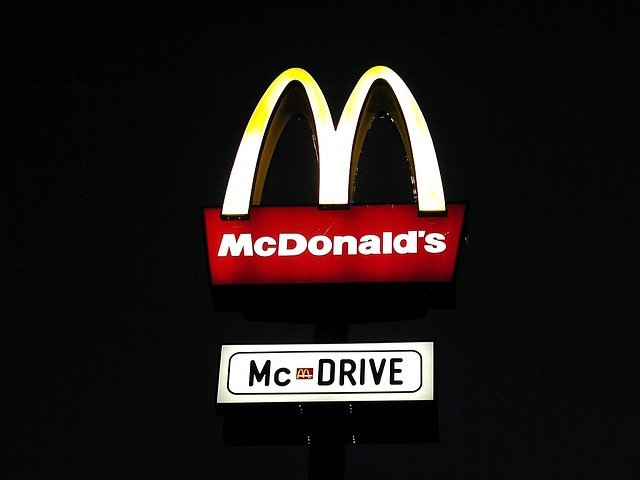Decoding the Dynamics of DTH (Direct-To-Home) Services: A Deep Dive into the Past, Present, and Future
Direct-To-Home (DTH) technology transformed the way we consumed televised content. It originated in the late 1970s, with the first commercial DTH service launched by SKY TV in 1989. Unlike traditional broadcasting methods, DTH brings satellite channels directly to a dish installed at the viewer's premises, ensuring high-quality signal reception. This revolutionized the television industry, offering a plethora of channels and improved viewer control.

The Current State of DTH Services
DTH has continually evolved, adapting to technological advancements and changing viewer preferences. Today, it plays a pivotal role in the broadcast industry, with millions of subscribers worldwide. Enhanced features like HD channels, video-on-demand, interactive TV, and digital recording have made DTH a preferred choice for many. However, it faces challenges from OTT platforms, which offer on-demand content and greater flexibility.
Regulatory Changes in the DTH Sector
The DTH sector is heavily regulated, with changes often influencing the industry’s trajectory. Recently, many regions have seen regulatory shifts aimed at fostering competition and improving service quality. For instance, in India, the government extended the DTH license period from 10 to 20 years, providing operators with greater business stability.
Practical Applications and Impact of DTH Services
DTH services have numerous practical applications. They have made television accessible in remote areas where traditional cable services can’t reach. Moreover, they have democratized access to international content, allowing viewers to enjoy shows from around the globe. Yet, as internet penetration increases, DTH needs to innovate to stay relevant. The convergence of DTH with internet services is a potential avenue, offering interactive and personalized viewing experiences.
The Future of DTH Services
Predicting the future of DTH involves understanding emerging trends and technologies. One such trend is the integration of DTH with OTT platforms. Operators are increasingly partnering with OTT platforms, offering bundled services to retain and attract subscribers. Additionally, 4K broadcasting represents a promising development, providing ultra-high-definition viewing experiences.
In conclusion, the DTH sector, while facing challenges, has shown adaptability and resilience. It remains a significant player in the global broadcasting industry, continually evolving to meet viewer demands. As DTH operators navigate this dynamic landscape, their strategies and innovations will shape the future of television consumption.




